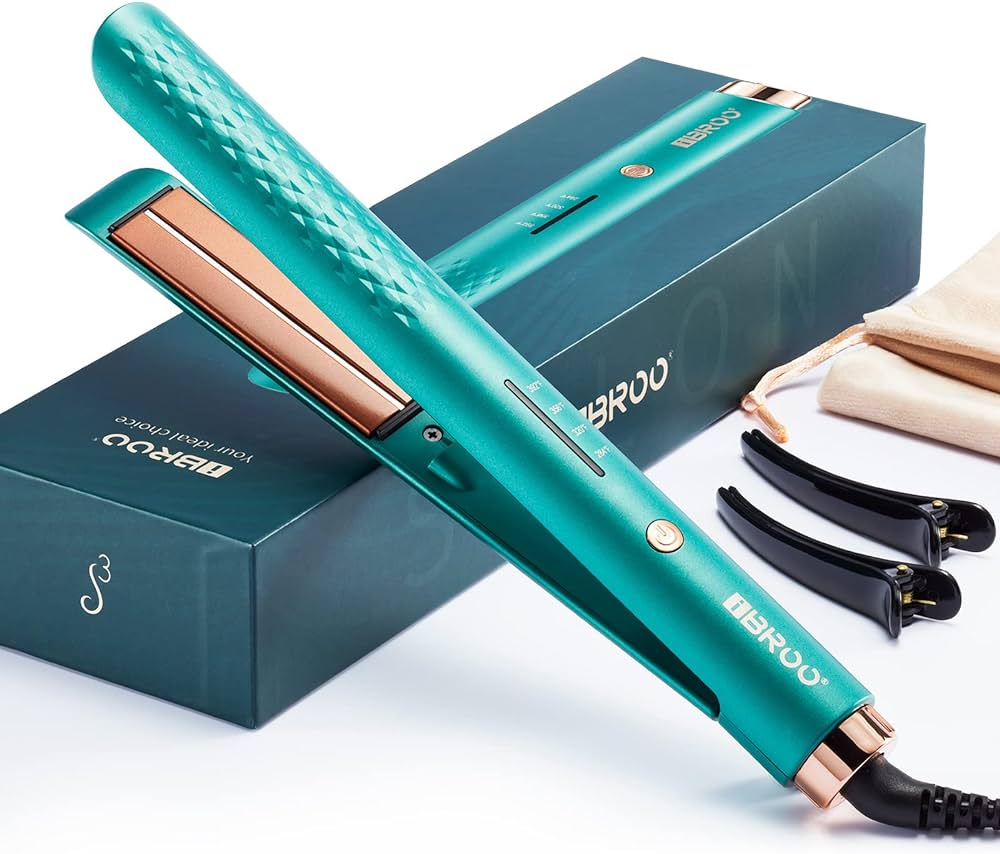Introduction: The Beauty of Flat Ironing Natural Hair
Flat ironing natural hair is a popular styling technique that transforms textured hair into sleek, smooth strands. Whether you want a temporary change or enjoy the versatility of straight hair, flat ironing can help you achieve the desired look. In this comprehensive guide, we will explore step-by-step instructions to successfully flat iron natural hair, ensuring minimal damage and optimal results.
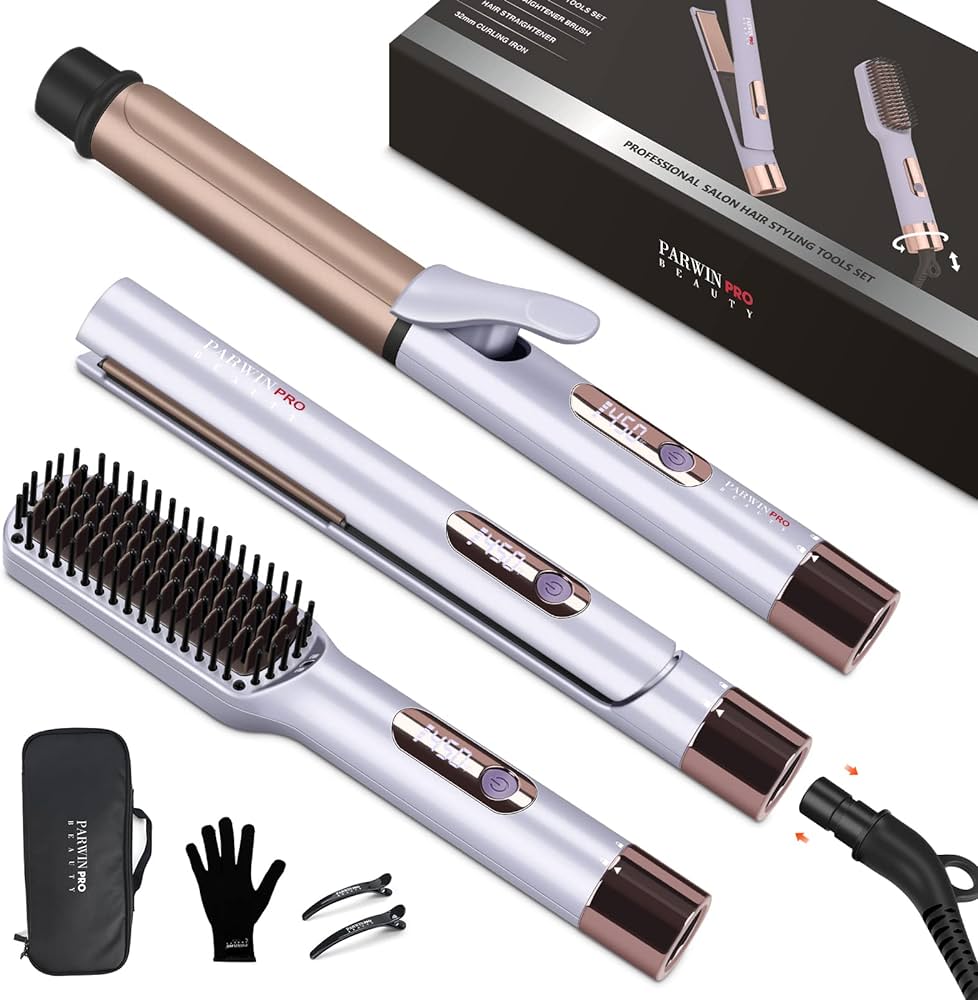
Achieving Silky Straight Hair: Flat Ironing Natural Hair
-
Preparing Your Hair for Flat Ironing
a. Clarify and cleanse: Start by clarifying your hair with a clarifying shampoo to remove any product buildup or impurities that may hinder the flat ironing process. Follow with a moisturizing shampoo and conditioner suitable for your hair type.
b. Deep conditioning: Apply a deep conditioner to replenish moisture and nourish your hair. Cover your hair with a shower cap or use a conditioning cap to allow the product to penetrate deeply. Leave it on for the recommended time, then rinse thoroughly.
c. Thoroughly dry your hair: It is crucial to flat iron completely dry hair to prevent heat damage. Use a microfiber towel or an old t-shirt to gently squeeze out excess water, then allow your hair to air dry or use a blow dryer on a low heat setting.
-
Choosing the Right Tools and Products
a. High-quality flat iron: Invest in a high-quality flat iron with adjustable temperature settings. Look for one with ceramic plates, as it distributes heat evenly and minimizes damage.
b. Heat protectant spray: Prior to flat ironing, apply a heat protectant spray evenly throughout your hair to create a barrier between the heat and your strands. This helps reduce the risk of heat damage.
c. Comb or brush: Use a wide-tooth comb or a brush with soft bristles to detangle your hair before flat ironing. Start detangling from the ends and work your way up to avoid causing unnecessary breakage.
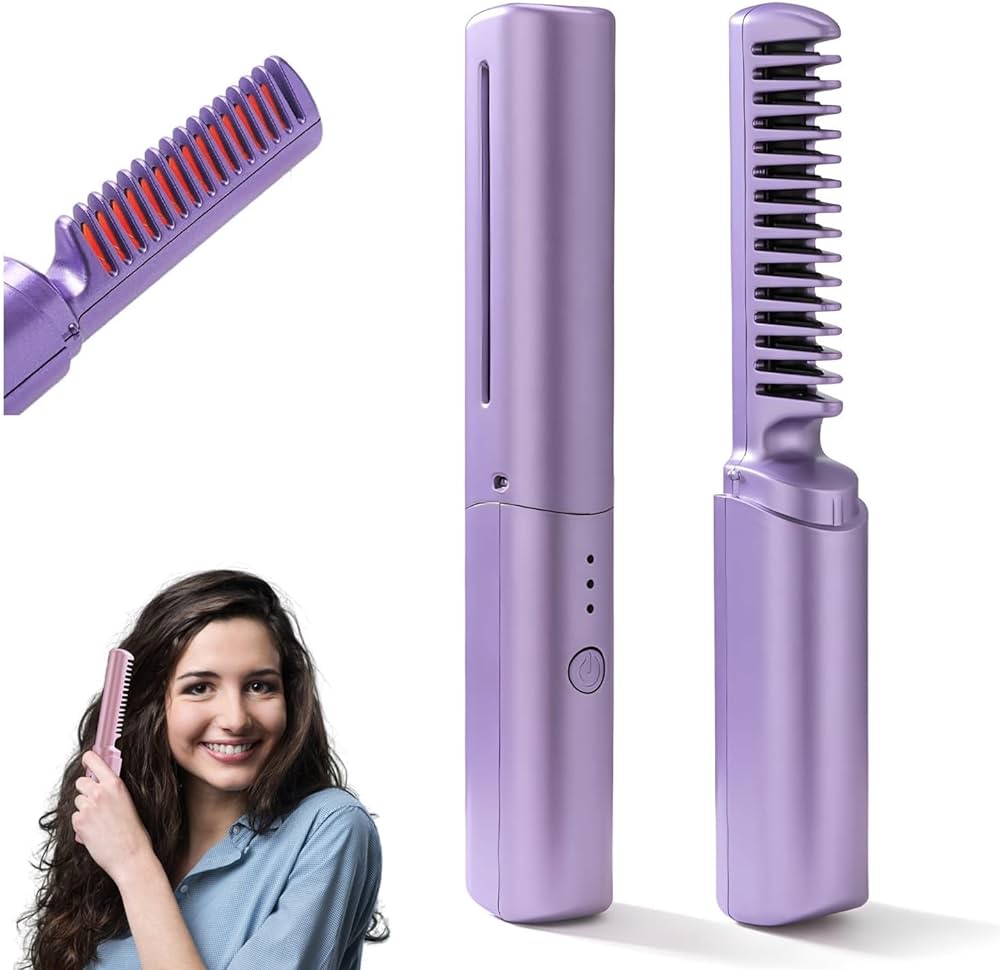
-
Applying Heat Safely
a. Divide your hair into sections: To make the flat ironing process more manageable, divide your hair into sections using clips or hair ties. This allows for better control and ensures that each section receives equal heat distribution.
b. Adjust the flat iron temperature: Depending on your hair type and texture, adjust the flat iron temperature accordingly. Lower heat settings are recommended for fine or damaged hair, while higher settings can be used for thicker or coarser hair. Start with a lower temperature and increase as needed.
c. Begin flat ironing: Take a small section of hair and clamp the flat iron as close to the roots as possible. Slowly glide the flat iron down the hair shaft, maintaining a steady pace. Repeat this process until each section is straightened.
d. Use minimal passes and proper technique: Avoid going over each section of hair multiple times with the flat iron, as it can lead to unnecessary heat damage. Instead, use a slow and steady motion with one or two passes to achieve the desired straightness.
-
Post-Flat Iron Care
a. Apply a lightweight serum or oil: Once you have flat ironed your hair, apply a lightweight serum or oil to add shine and seal in moisture. Focus on the ends and any areas prone to frizziness or dryness.
b. Avoid moisture exposure: Refrain from getting your hair wet or exposing it to excessive humidity immediately after flat ironing. This can cause frizz and revert your hair back to its natural texture.
c. Protect your hair during sleep: Preserve your straightened hair by wrapping it with a silk or satin scarf before bed. This helps minimize friction, maintain the style, and reduce potential damage.
d. Touch-up with low heat: If necessary, use a low heat setting to touch up areas that have lost their straightness. Apply a small amount of heat protectant before re-flat ironing.
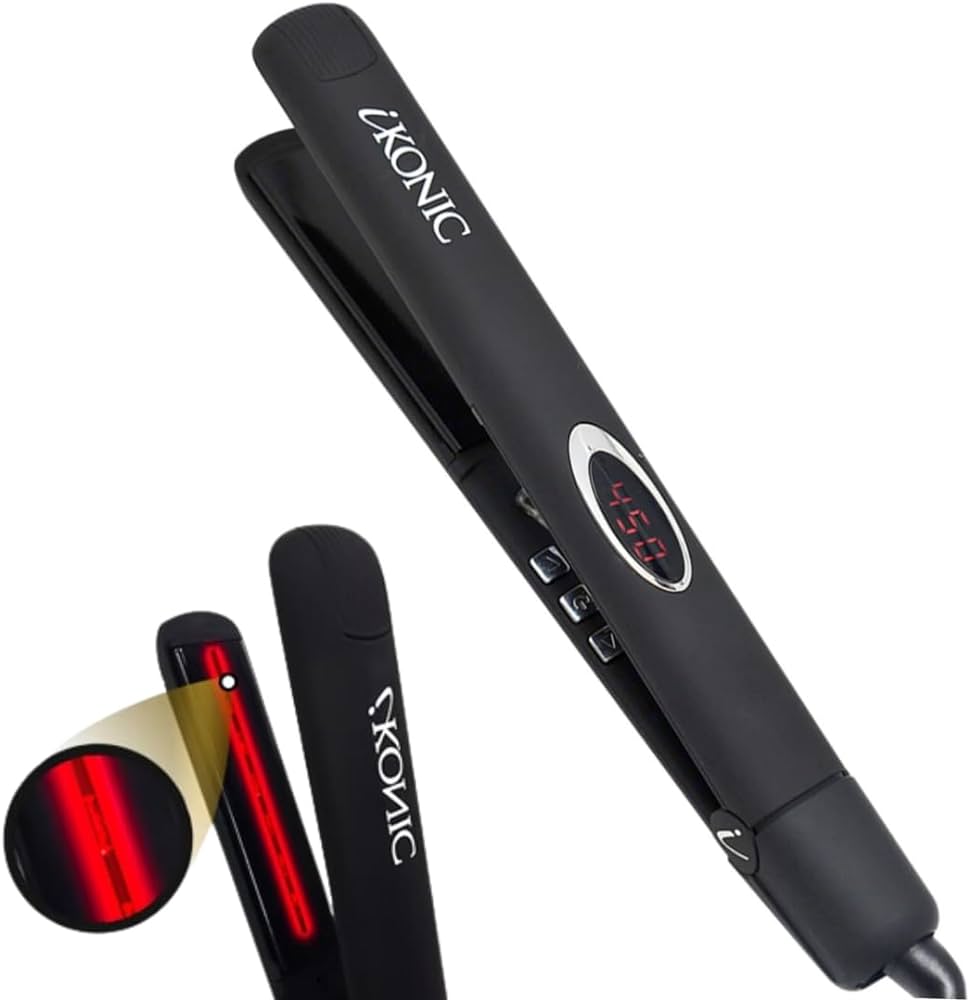
-
Maintenance and Longevity of Flat Ironed Hair
a. Limit heat exposure: To preserve the health and integrity of your hair, avoid excessive heat styling between flat ironing sessions. Give your hair breaks from heat and embrace natural styles to maintain its strength and prevent damage.
b. Protect from environmental factors: Shield your flat ironed hair from harsh environmental elements such as sun exposure, wind, and chlorine. Use hats, scarves, or protective hairstyles to minimize damage caused by these factors.
c. Hydrate and moisturize: Ensure your hair remains moisturized by using a leave-in conditioner or moisturizing spray regularly. This helps prevent dryness and keeps your hair soft and supple.
d. Trim regularly: Routine trims help eliminate split ends and maintain the health of your hair. Schedule regular appointments with your stylist to keep your ends neat and prevent breakage.
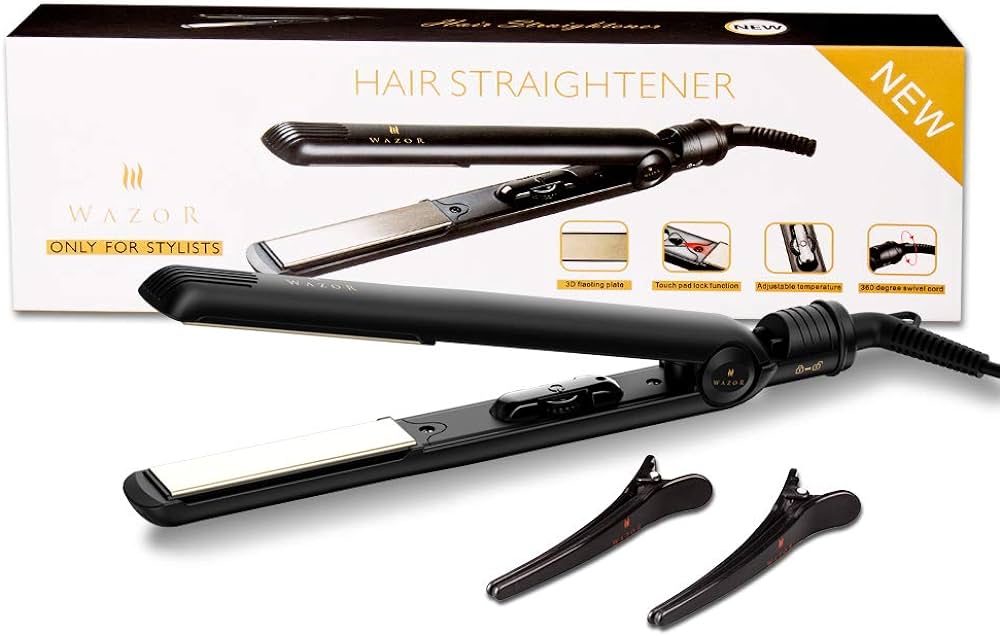
-
Safely Reverting Back to Natural Hair
a. Moisturize and cleanse: When you’re ready to return to your natural hair texture, moisturize and cleanse your hair thoroughly to remove any product buildup. Use a clarifying shampoo to remove any excess products and restore your hair’s natural moisture balance.
b. Embrace protective styles: Transitioning back to your natural hair can be a journey. Embrace protective styles like braids, twists, or buns to minimize manipulation and reduce the risk of breakage.
c. Practice deep conditioning: Deep condition your hair regularly during the transition period to replenish moisture and restore your hair’s vitality. Opt for deep conditioning treatments that promote moisture retention and strengthen your hair.
d. Be patient and gentle: Growing out your natural hair can take time, so be patient and gentle with your hair during the process. Avoid excessive heat styling or harsh treatments that can cause unnecessary damage. Preventing reversion to natural texture: To prolong the straightened effect, avoid activities that can cause your hair to revert back to its natural texture, such as intense sweating, excessive product use, or exposure to high humidity. Protect your hair with updos or loose styles to maintain the straight look.
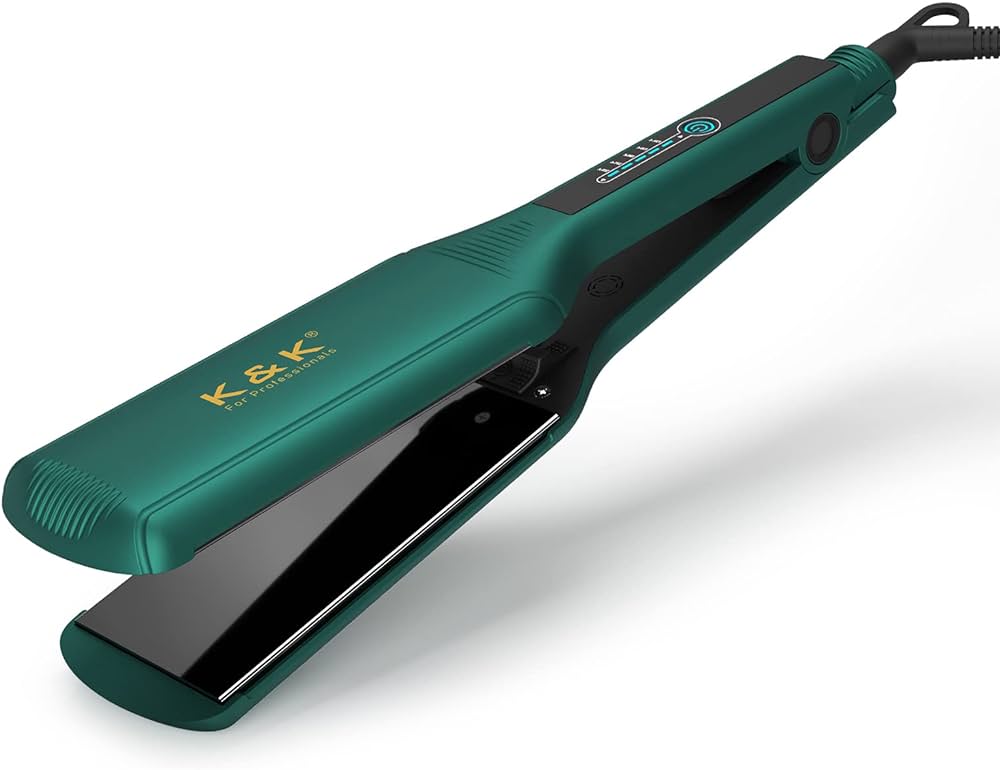
Conclusion: Sleek and Chic Natural Hair
Flat ironing natural hair allows for versatility and the opportunity to try different styles. By following proper techniques, using the right tools, and maintaining a healthy hair care routine, you can achieve sleek, straight hair without compromising its health. Remember to prioritize hair hydration, protect it from heat and environmental factors, and ensure a smooth transition back to your natural hair. Embrace the beauty of your natural hair texture while enjoying the occasional straightened look.
